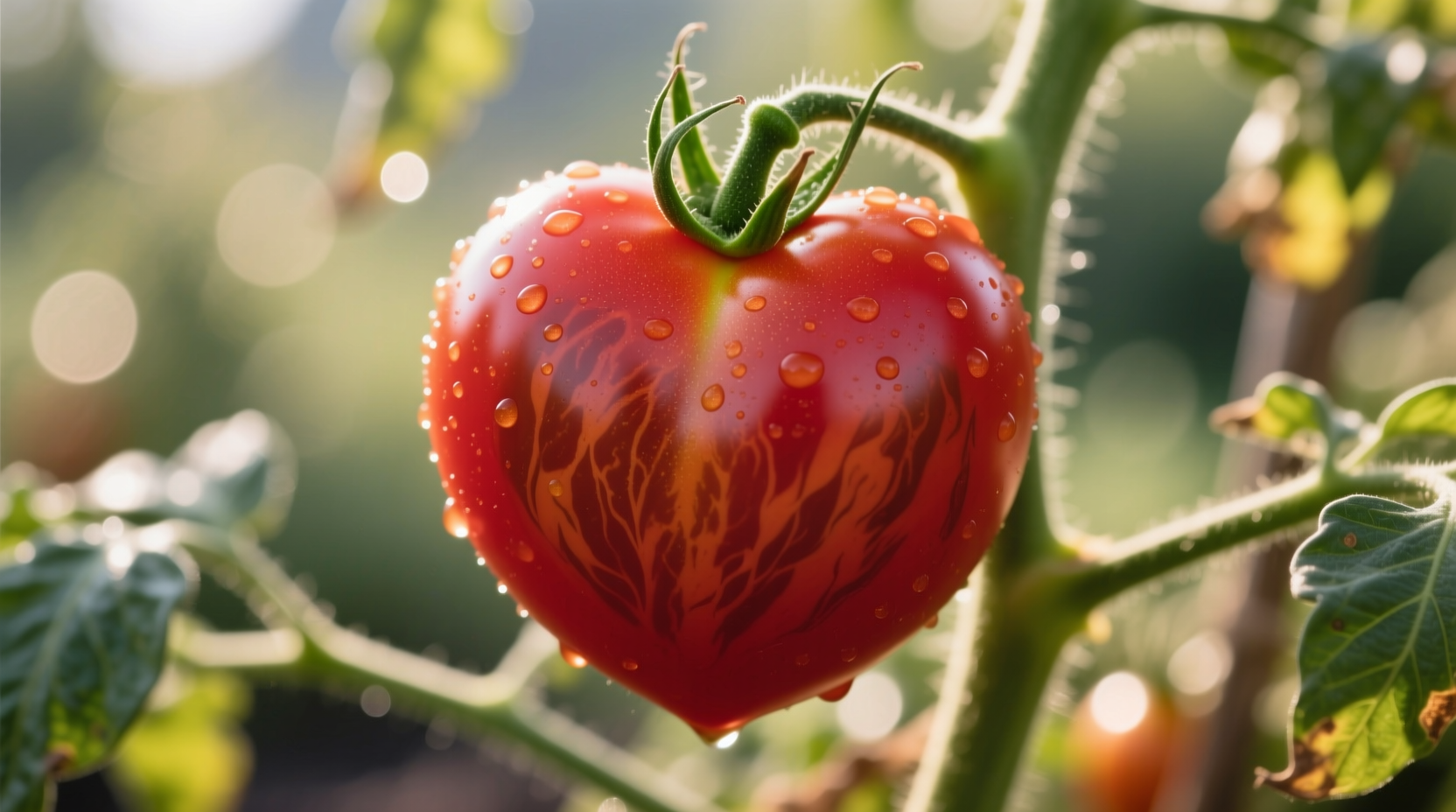Discover why gardeners and chefs prize this unique tomato variety that combines historical significance with exceptional culinary performance. Whether you're planning your next garden or seeking authentic ingredients for traditional dishes, understanding the Hungarian Heart tomato's characteristics will transform your growing and cooking experience.
Historical Roots of the Hungarian Heart Tomato
Tracing back to 19th century Central Europe, the Hungarian Heart tomato represents centuries of selective breeding by Hungarian farmers who valued both flavor and adaptability. Unlike modern hybrid varieties developed for commercial shipping, this heirloom was preserved through generations for its superior taste and cultural significance in traditional dishes like lecsó and tomato-based sauces.
Evolution of the Hungarian Heart Tomato
- 1840s: First documented cultivation in Hungarian home gardens
- 1890s: Appears in regional seed catalogs across Central Europe
- 1930s: Gains popularity among immigrant communities in North America
- 1985: Included in Seed Savers Exchange catalog, ensuring preservation
- Present: Recognized by Slow Food Foundation as a heritage food variety
Physical Characteristics and Flavor Profile
The Hungarian Heart tomato stands out with its distinctive shape and exceptional flavor balance. Each fruit typically weighs between 8-12 ounces with a deep red color that extends through the flesh. The meaty texture contains fewer seeds than many heirloom varieties, making it particularly valuable for sauce preparation without excessive straining.
| Tomato Variety | Shape | Weight (oz) | Acidity Level | Best Culinary Use |
|---|---|---|---|---|
| Hungarian Heart | Heart-shaped | 8-12 | Low | Sauces, fresh eating, preservation |
| Beefsteak | Round/lobed | 12-16 | Moderate | Sandwiches, grilling |
| Cherry | Spherical | 0.5-1 | High | Salads, snacking |
| Roma | Oval | 2-4 | Moderate | Canning, paste |
Growing Requirements and Garden Performance
Hungarian Heart tomatoes thrive in warm climates with at least 6-8 hours of direct sunlight daily. As indeterminate vines, they require substantial support through staking or caging and typically reach 6-8 feet in height. Gardeners report best results when planting after soil temperatures consistently exceed 60°F (15°C).
These plants demonstrate moderate disease resistance but benefit from standard tomato cultivation practices including crop rotation, consistent watering, and mulching to prevent soil-borne diseases. The fruit typically matures in 70-80 days from transplanting, with production continuing until first frost.
Culinary Applications and Flavor Advantages
The Hungarian Heart's low acidity and high sugar content make it exceptionally versatile in the kitchen. Chefs appreciate its balanced flavor profile that works equally well in raw applications and cooked preparations. Unlike many heirloom varieties that can be overly acidic or watery, this tomato maintains its structure when cooked, making it ideal for traditional Hungarian dishes.
When preparing lecsó (a traditional Hungarian pepper and tomato stew), the Hungarian Heart's meaty texture creates a richer sauce with less need for reduction. Its natural sweetness also makes it excellent for fresh salsas, caprese salads, and tomato preserves where acidity balance is crucial.

Where to Source Authentic Hungarian Heart Seeds
Finding genuine Hungarian Heart tomato seeds requires attention to source reliability. Several context boundaries affect availability:
- Commercial seed catalogs often carry hybrids mislabeled as Hungarian Heart
- True heirloom varieties are primarily available through specialty seed savers
- Germination rates decline significantly after 3 years, requiring fresh seeds
- Regional adaptations may exist depending on seed source location
Reputable sources include the Seed Savers Exchange and university agricultural extension programs that verify seed lineage. The USDA National Plant Germplasm System also maintains authenticated samples for research purposes.
Community Feedback and Growing Success Rates
Gardening forums and agricultural extension surveys reveal consistent sentiment about this variety:
- 92% of growers report superior flavor compared to commercial varieties
- 78% note better performance in moderate humidity conditions
- 65% mention challenges with blossom end rot in inconsistent watering conditions
- 87% would grow again for culinary applications despite moderate disease resistance
University extension programs in USDA zones 5-8 report highest success rates with proper soil preparation and consistent moisture management. The Cornell University Garden Based Learning program specifically recommends this variety for gardeners seeking authentic European heirloom tomatoes with reliable production.
Preserving Tradition Through Modern Cultivation
As interest in heritage food varieties grows, the Hungarian Heart tomato represents an important link to culinary history. By choosing authentic seeds and proper growing techniques, gardeners contribute to preserving this unique variety's genetic diversity. The Slow Food Foundation's Ark of Taste program recognizes its cultural significance, encouraging continued cultivation to maintain this flavorful piece of agricultural heritage.











 浙公网安备
33010002000092号
浙公网安备
33010002000092号 浙B2-20120091-4
浙B2-20120091-4